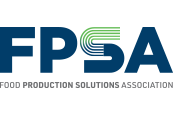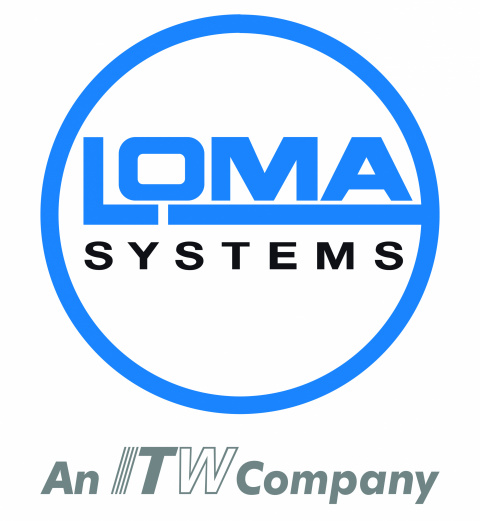
More than 100 students fell sick in a Salmonella outbreak at a school in China in 2024 with an inspection uncovering multiple issues in the canteen, according to a recent report.
In September 2024, the local Center for Disease Control and Prevention (CDC) was notified by a school doctor about a foodborne outbreak at a middle school in Guiyang City.
Based on epidemiological investigations, environmental hygiene assessments, clinical symptoms and laboratory analyses, the outbreak was determined to be caused by Salmonella contamination. Salmonella Newport was detected in 22 patients, one canteen worker, and three retained egg cake and soybean milk samples.
According to a study in the journal China CDC Weekly, 112 patients met the case definition. The main clinical signs included fever, diarrhea, and vomiting.
Epidemiological work
The case-control study indicated that egg cakes and soybean milk were the suspicious food items. A total of 252 samples were collected, with lab testing detecting Salmonella Newport in 26 of them.
The school has 3,193 students and 312 teachers with 1,472 in middle school and 1,721 in high school. It operates two dining facilities, known as the First and Second canteens, which provide breakfast, lunch and dinner. The First canteen employs 69 food service workers, while the Second canteen has 48 staff members.
Officials reviewed patient information from local medical institutions, the National Foodborne Disease Case Surveillance Network, examined school illness-related absence records, and interviewed affected students and their families.
Among the 112 cases, 46 were 12-year-old students, 59 were students aged 13 to 16, with the age range spanning from 12 to 53. This also included three teachers and one canteen worker. Overall, 60 patients were males and 52 were females. No severe cases were recorded.
A case-control study compared 112 cases with 221 controls who ate at the same locations during the same time period but remained asymptomatic. The investigation discovered that most affected people had dined in the Second canteen.
Analysis revealed that both lunch and dinner from Window 17 were statistically significant, identifying this as the suspicious serving location. Window 17 primarily served noodle products. Further analysis demonstrated that soybean milk and egg cakes were significant risk factors.
Inspection findings
An onsite inspection found inadequate cleaning of the pancake pan in the pastry processing area. Review of security camera footage revealed that workers did not wear gloves during egg cake preparation. Some Second canteen staff failed to properly wear masks and gloves during food service.
The Second canteen’s processing area had multiple deficiencies, including inadequate separation of raw and cooked foods, absence of cleaning and disinfection records, and non-standardized food sample retention practices. Researchers said these conditions created a substantial risk of cross-contamination between food processing equipment and prepared foods.
Scientists said the contamination pathway may have involved either the use of contaminated eggs in cake preparation, with subsequent transmission to ungloved workers during handling, or asymptomatic carriage of the pathogen by food handlers who subsequently contaminated egg cakes during processing.
“To prevent similar incidents, implementation of enhanced food hygiene supervision in educational institutions is imperative, including regular food safety training, standardization of food processing protocols, and prevention of cross-contamination throughout the food production, processing, storage, transportation, and service continuum,” said researchers.
(To sign up for a free subscription to Food Safety News, click here.)
















